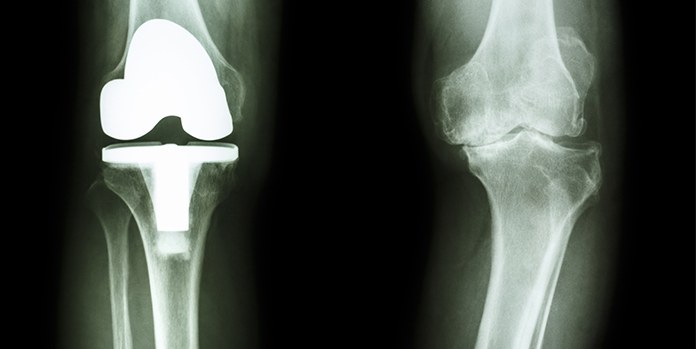
What to Consider Before Joint Replacement Surgery
Last Updated: June 16, 2023
Deciding to have a joint replacement requires careful consideration. It is a major with a 6-12 month recovery period. Clients ask us what to consider before joint replacement surgery. There are many positive impacts it has, including reducing hip joint, shoulder joint and knee pain.
Before surgery, you need thorough health and lifestyle assessment. A comprehensive review of these questionnaires along with diagnostic tests like X-rays or MRIs is completed by a surgical consultation with an orthopedic surgeon.
Kinesiologists aren't Doctors. We are prohibited from providing a diagnosis. Therefore, we also can't tell a client to have surgery or postpone it. So, what can we advise?
How to Evaulate Your Level of Disability when Considering a Joint Replacement
You are likely in considerable pain by the time you are considering a hip or knee joint replacement. It is also impacting your life and your ability to daily activities.
Two questionnaires to evaluate your level of disability or the Oxford Knee and Hip Disability Scores. They will help you decide if you need surgery now or if the surgical intervention can be delayed.
Oxford Disability Score Questionairres
The Oxford disability questionnaires score your pain and how your pain impacts your ability to do activities of daily (ADLs). For example, some ADLs are climbing stairs, driving, walking and showering. It is a good idea to complete these scales every 6-8 weeks to note any changes.
Fill Out and Print Oxford the Disability Sores
Use the links below to connect to fillable questionnaires. You can then fill them out, print them and keep them in a medical file. Then share them with your Family Doctor and Orthopedic surgeon.
How to Prepare for Knee or Hip Replacement Sugrey
For those already on a waitlist pre-surgery exercise therapy with a Kinesiologist is beneficial. It includes flexibility and strength training and has been proven to assist with pain management and reduce the time it takes to return to pre-surgery functional levels.
Although recovery is 6-12 months, clients with properly designed progressive exercise programs do get back to doing more activities than they were before the joint replacement, this is especially true if they have had some history of participating in the activity.
The good news is that several clients postponed their joint replacement surgery with a combination of strength training and Fascial Stretch Therapy. Most eventually did need surgery.
These clients returned to Kinesiology once the surgery wound healed and they were discharged from Physiotherapy. They were then able to focus on working towards fitness and sports goals.
In conclusion, it is important to consider the short and long-term impacts joint replacement surgery has and your quality of life.
Do you want to learn more about pre and post-surgery joint rehabilitation with a Kinesiologist? Use the button below to contact us.






